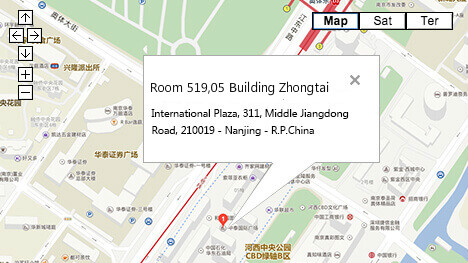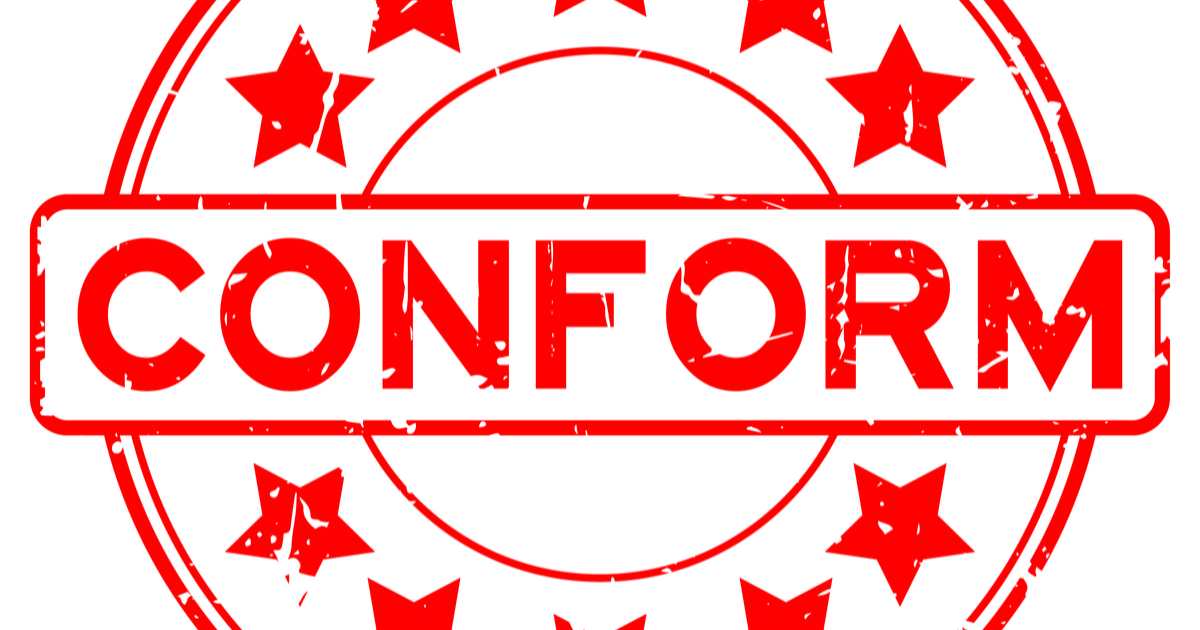Some clients have asked us “what is a certificate of conformity” over the years, and…
The 3 Best Ways for Importers To Pay Chinese Suppliers
BY RENAUD ANJORAN
A client asked me what the best ways of paying Chinese suppliers were.
Let’s go through the 3 most common options you have. It is 98% likely that one of these options is the best for you.
1. T/T payment
T/T stands for Telegraphic Transfer, which means bank transfer.
Here is the way most importers work (let’s assume there is no expensive non-recurring engineering costs):
- Purchase under the ‘FOB’ incoterm, so that you are in charge of international freight. The supplier can’t ship the goods out without your approval. (For air freight, the idea is the same, with slight variations.)
- Once you got a sample you approve (and maybe a few other signs that make you confident in the supplier’s ability to mass-produce with a positive outcome), send a down payment. The amount can often be negotiated around 15% or 20% if they want your business, but the “standard” supplier have in mind is 30%.
- Once the factory has made the goods in full, and after an inspection that makes you confident in product quality, you transfer the balance to the supplier.
Ideally, that last step happens only after they ship the goods out and they send you the bill of lading. This is up to negotiation, just like the amount of down payment.
How to structure a deal that is favorable to you? Mention what you want to potential suppliers in your very first interactions (when they are more willing to make concessions to get new business). Not after you told them how much you like their pre-production samples!
There are many variations of T/T payments, from very favorable to the supplier to very favorable to the buyer. I wrote about this before — see how it shapes each party’s incentives.
2. Letter of credit (L/C)
This is the closest solution I know of to an escrow service. Apart from Aliexpress, which is mainly for very small orders.
A L/C is a great tool for orders above 30-50,000 USD, for untested suppliers, and provided you can work with a supplier who accepts letters of credit. It is very protective of importers.
The downsides?
- Your bank will take much higher fees for an L/C than for a T/T.
- You need to be relatively savvy, know what terms to add in the L/C, and know how to explain it to suppliers.
- At least half the pool of potential suppliers will refuse to work with you, even if your L/C is ‘at sight’. I wrote about this before.
I have the feeling that a lower and lower proportion of payments to Chinese suppliers are done through L/Cs. Do you see the same thing?
3. Working with a local buying office
This is one of the main advantages a local buying office brings to an importer. They can hold payment and release it when the supplier hits certain milestones.
For example, if an inspection takes place and no issue is found, they can send a payment very quickly to the supplier. If they bank in the same country, the transfer is close to immediate. And the transfer is quite inexpensive, therefore it is fine to send more transfers (one after quality is approved, one after the bill of lading is released, etc.)
Local buying offices also pay many suppliers in RMB. Chinese suppliers usually quote lower prices in RMB since there is less risk involved for them (exchange fluctuations). In the long long run, paying in RMB allows the buyer to save money.
So, there you go. One of these 3 payment methods are probably the best for your company.
Have you had success with another setup?
From: qualityinspection



This Post Has 0 Comments